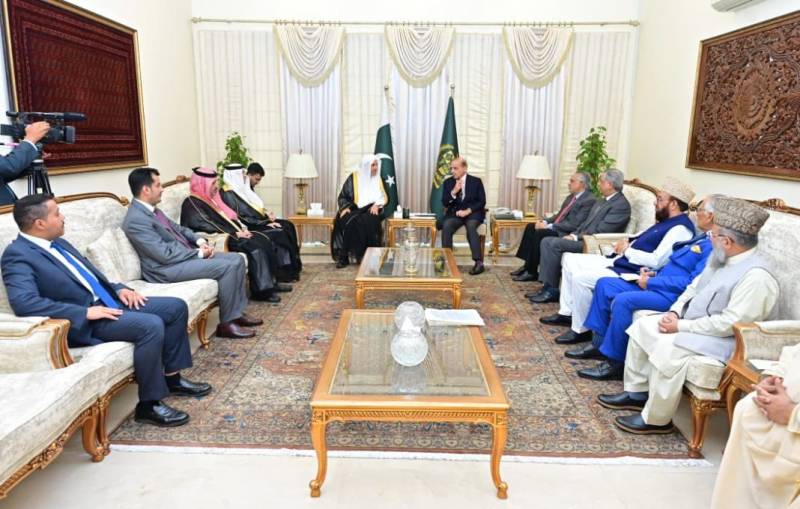- Militant leader at heart of Afghan-Pakistan conflict survived strike that provoked clashes Reuters
- The Man Behind Pakistan’s Deadly New Enemy, Afghanistan NDTV
- Who is Noor Wali Mehsud, the UN-listed TTP chief at the centre of Afghan-Pak…
Category: 1. Pakistan
-
Militant leader at heart of Afghan-Pakistan conflict survived strike that provoked clashes – Reuters
-

Pakistan PM Shehbaz Sharif says ‘ball in Taliban’s court’ for permanent Afghan truce
Pakistan Prime Minister Shehbaz Sharif said on Thursday that Islamabad is willing for a permanent ceasefire with Afghanistan but claimed “the ball is in the Taliban’s court”. Sharif said that if Afghanistan wants to resolve the issue and is…
Continue Reading
-

A failed strike and then a 6-day conflict: Meet Noor Wali Mehsud – man who brought Pakistan its knees
An uneasy ceasefire may have paused six days of fierce fighting between Pakistan and Afghanistan, but the name haunting Islamabad remains the same: Noor Wali Mehsud, the militant cleric Pakistan blames for bringing the country to the brink.As…
Continue Reading
-

CJCSC Shamshad reaffirms Pakistan’s commitment to regional peace
Chairman Joint Chiefs of Staff Committee (CJCSC) General Sahir Shamshad Mirza addresses the closing ceremony of Islamabad Symposium 2025 at NUST, Islamabad, October 16, 2025. — ISPR - Pakistan aims to bridge…
Continue Reading
-
Punjab says it’ll recommend a ban on TLP. Here’s what that means – Dawn
- Punjab says it’ll recommend a ban on TLP. Here’s what that means Dawn
- Punjab govt imposes Section 144 across province till Saturday; to recommend ban on TLP Dawn
- Punjab govt pushes to ban rightwing TLP after Muridke clashes The Express…
Continue Reading
-
PM urges Afghanistan to address Pakistan's legitimate concerns for durable ceasefire – RADIO PAKISTAN
- PM urges Afghanistan to address Pakistan’s legitimate concerns for durable ceasefire RADIO PAKISTAN
- Pakistan ready for talks with Afghanistan under legitimate conditions: PM Shehbaz The Express Tribune
- ‘Ball In Taliban’s Court’: Pakistan PM…
Continue Reading
-
Asma Jahangir group leads in SCBA elections – samaa tv
- Asma Jahangir group leads in SCBA elections samaa tv
- Asma Jahangir group wins SCBA elections, Haroonur Rashid elected president dawn.com
- PM congratulates Independent Group on winning SCBA election The Nation (Pakistan )
- Haroon emerges successful…
Continue Reading
-

PM Shehbaz praises Muslim World League’s role in promoting true image of Islam
Prime Minister Shehbaz Sharif on Thursday said that the Muslim World League was playing a highly significant role at the global level in promoting the true image of Islam and advocating for the collective interests of the Muslim Ummah.
He was…
Continue Reading
-
PM hails MWL for promoting true image of Islam – RADIO PAKISTAN
- PM hails MWL for promoting true image of Islam RADIO PAKISTAN
- Muslim World League chief addresses Second Consultative Meeting with Pakistani religious scholars Arab News
- Senate chairman, Muslim World League head stress Muslim unity, cooperation
Continue Reading
